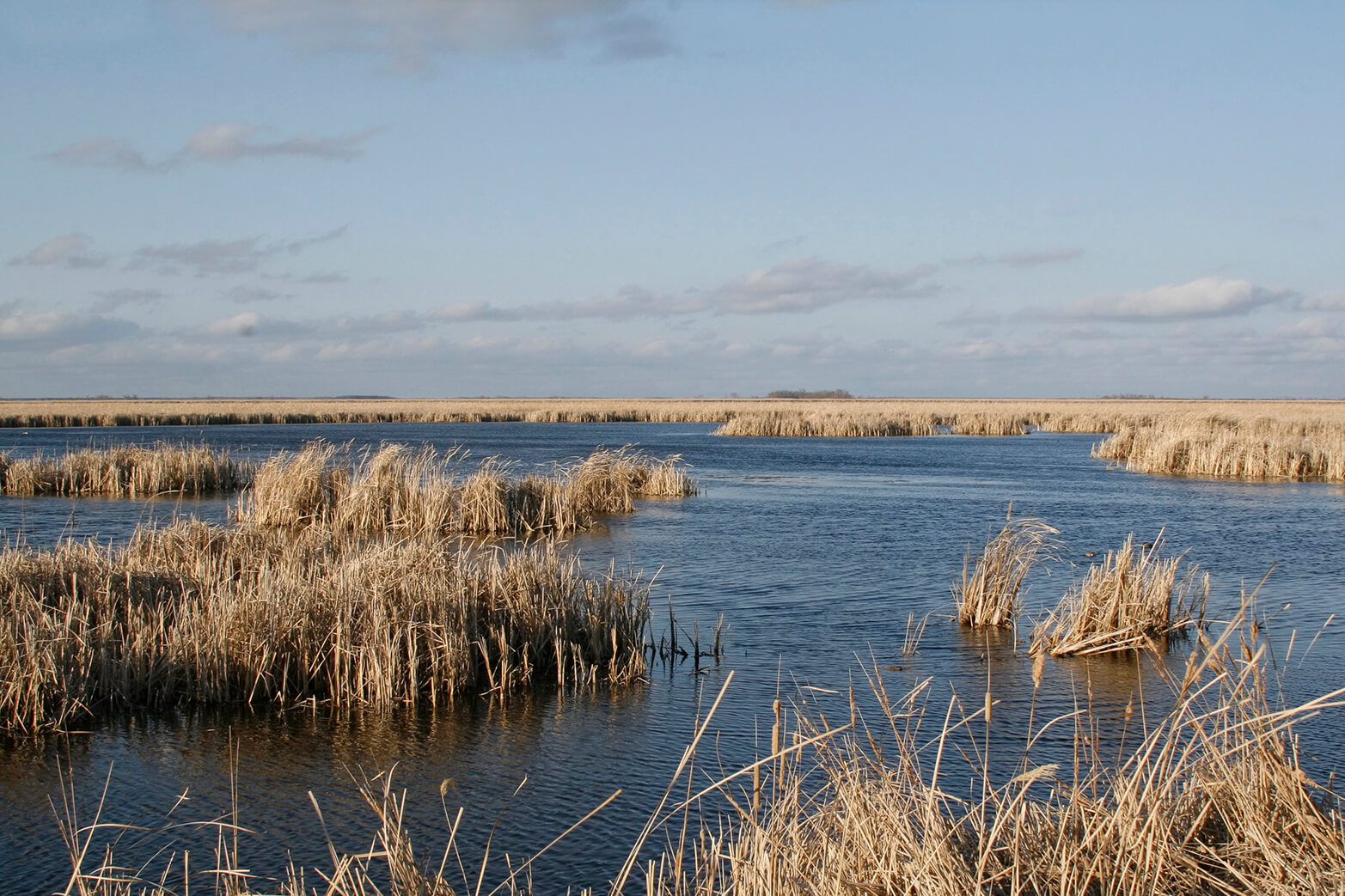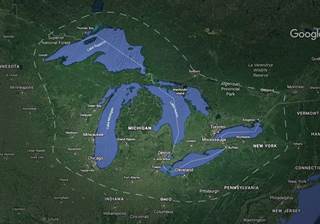Level II Ducks Unlimited conservation priority area, the single largest source of fresh water in North America

The Great Lakes are the largest source of fresh water on the continent. Historic wetland loss, conversion of lands to development, water quality problems and an expanding human population are the greatest challenges that face this region. DU is dedicated to reversing the trends of wetland habitat losses, restoring and protecting habitats, educating conservation values, and making the Great Lakes a better place for breeding, migrating and wintering waterfowl.

Restoring the Great Lakes ecosystem has, and will continue to be of the utmost importance to wildlife, waterfowl and people. To see DU's Great Lakes Initiative, visit the Great Lakes Initiative homepage.
Illinois | Indiana | Michigan | Minnesota
New York | Ohio | Pennsylvania | Wisconsin
Ducks Unlimited uses cookies to enhance your browsing experience, optimize site functionality, analyze traffic, and deliver personalized advertising through third parties. By continuing to use this site, you agree to our use of cookies. View Privacy Policy